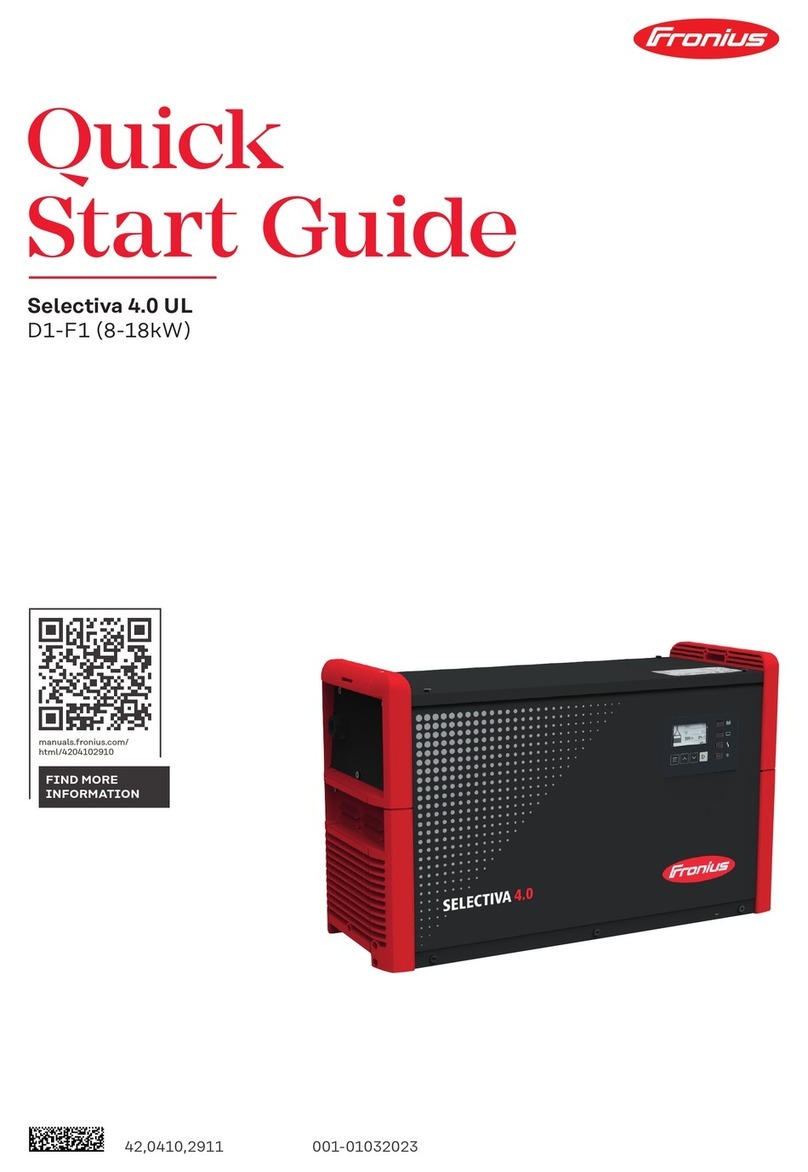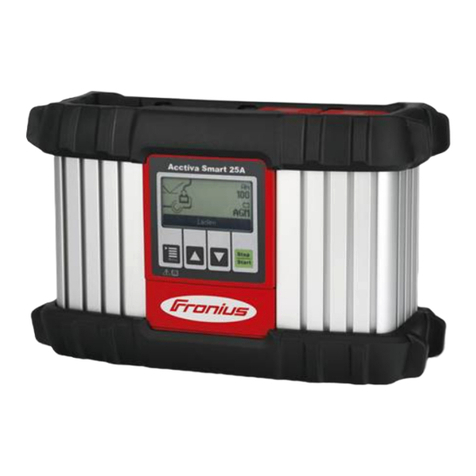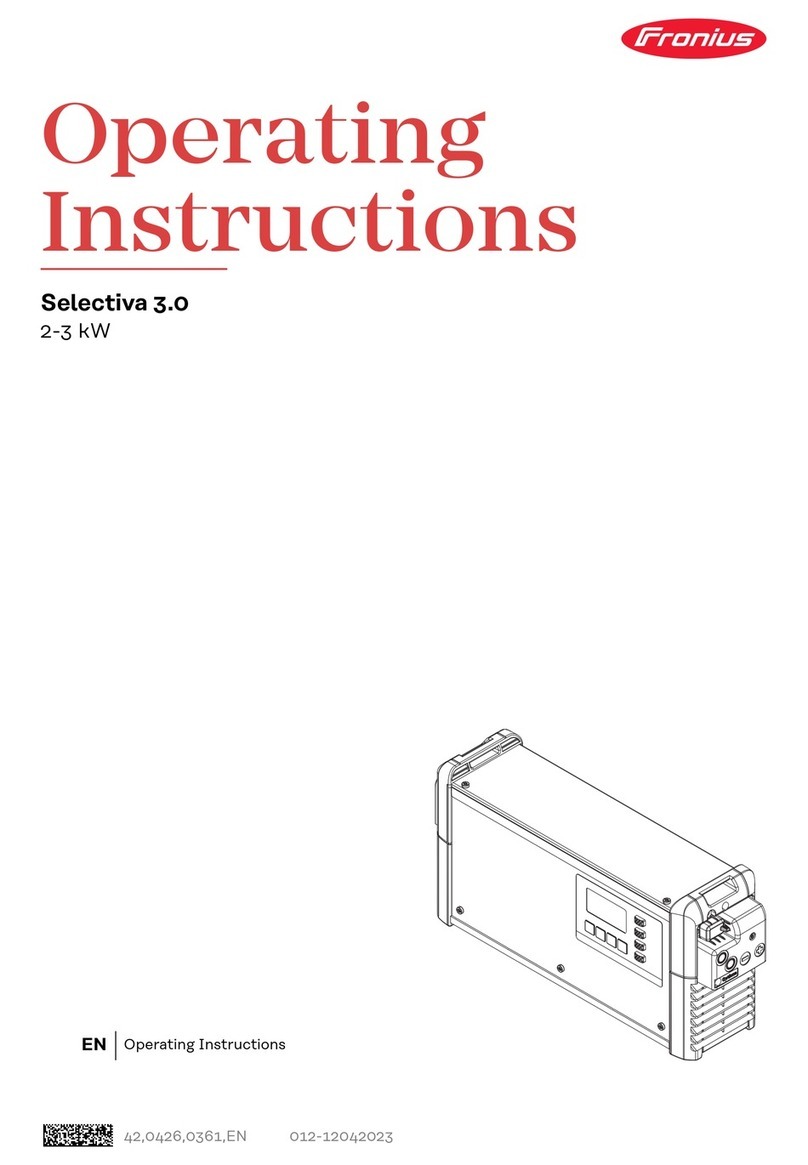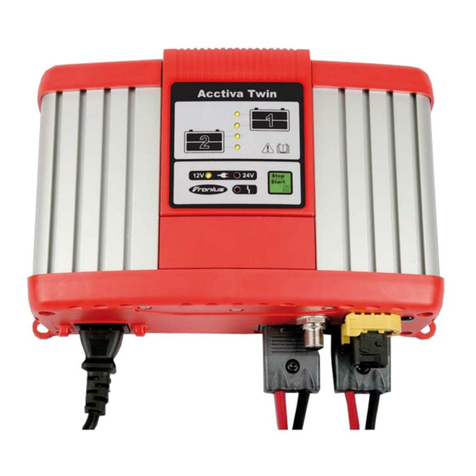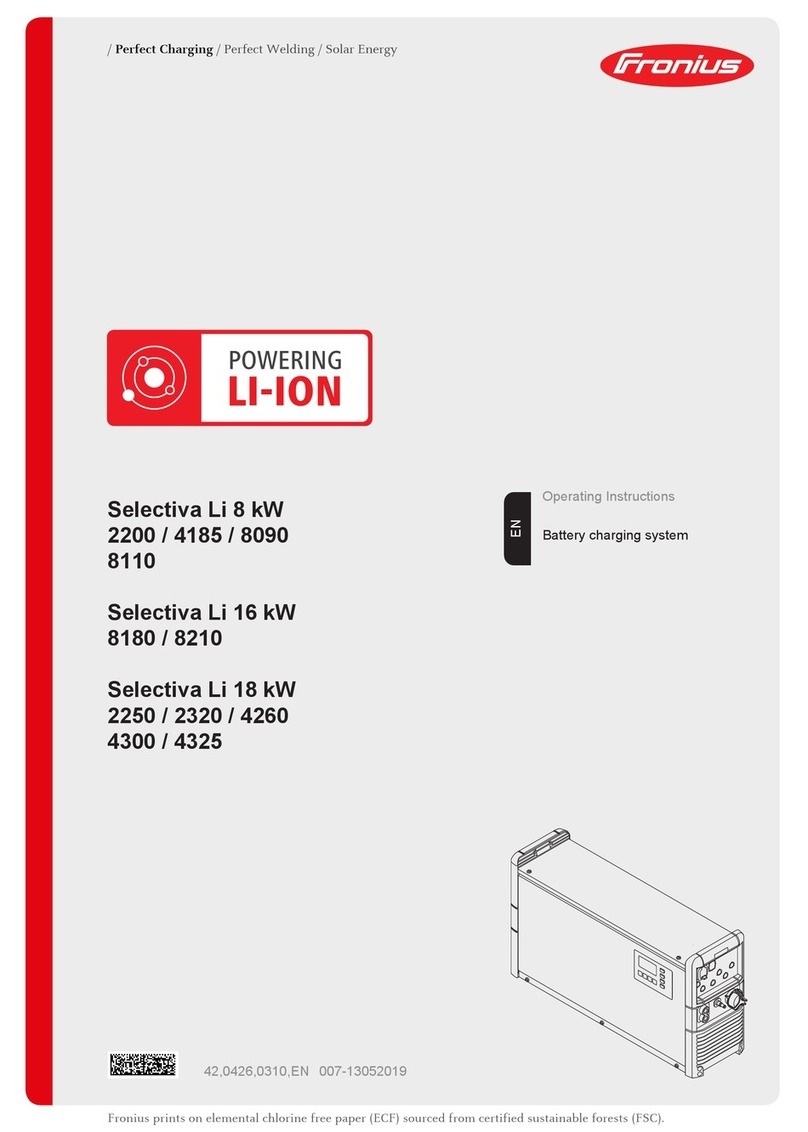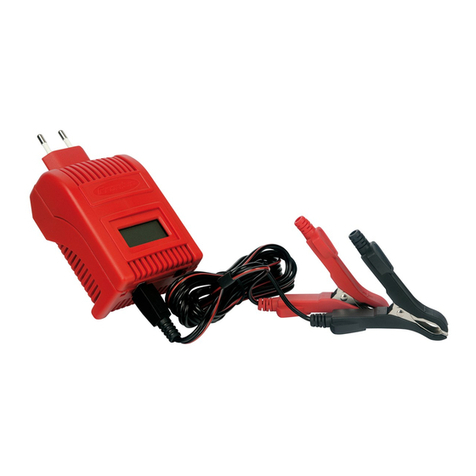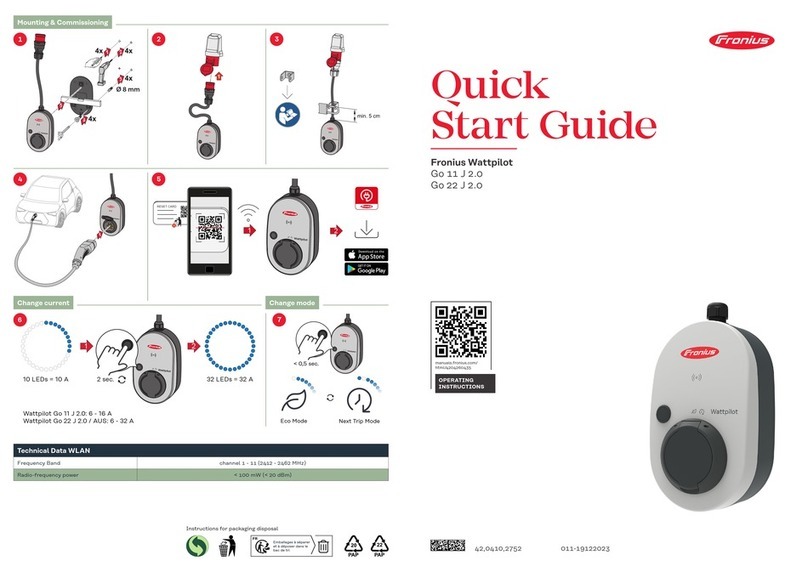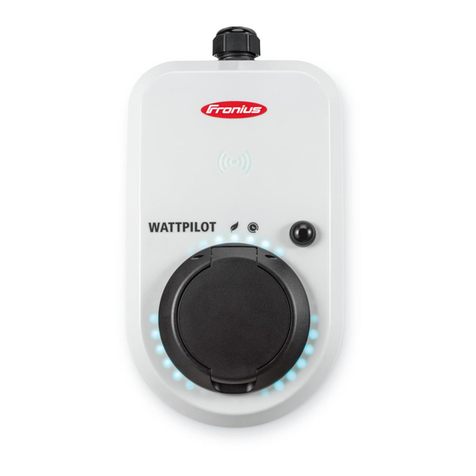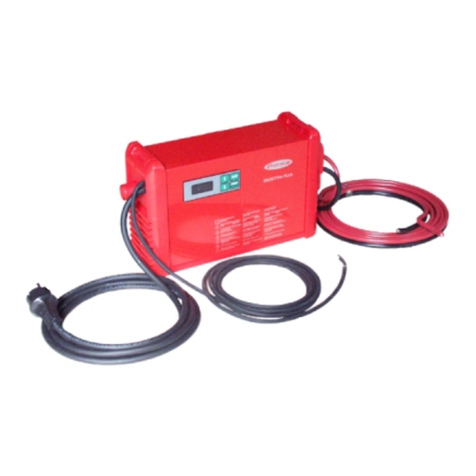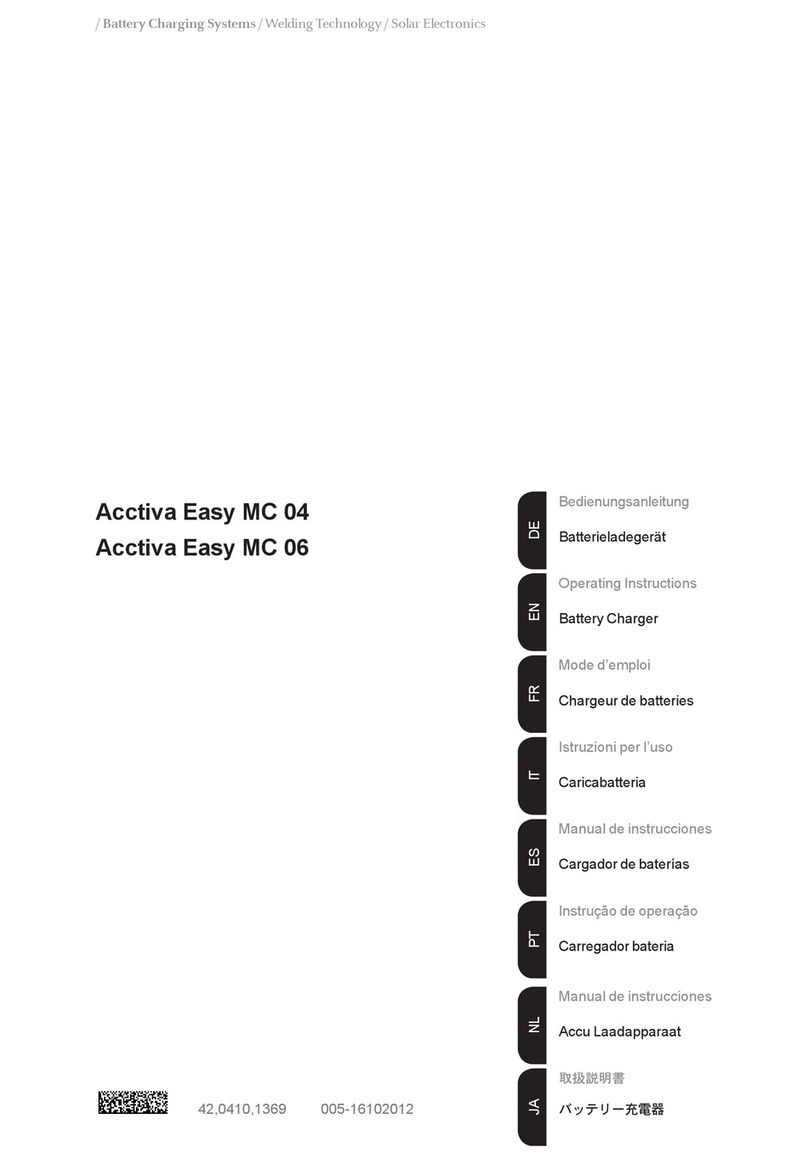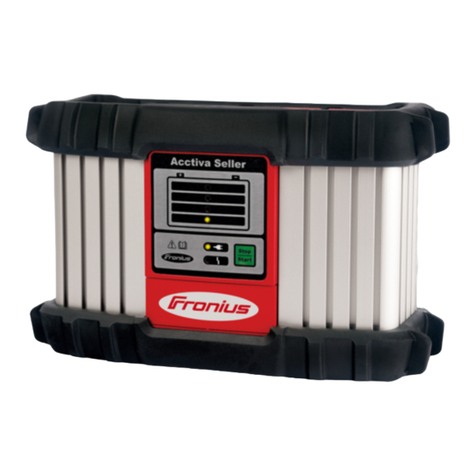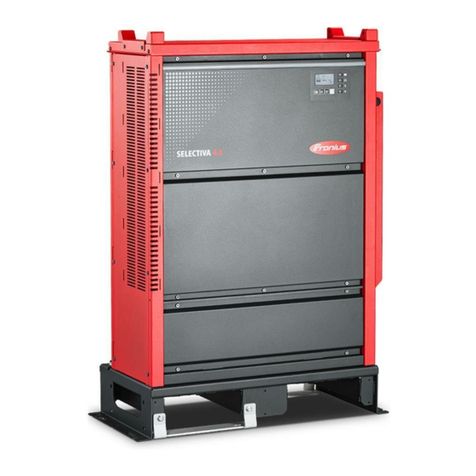
Never breathe in the gases and vapors produced by the battery – ensure there is
a sufficient supply of fresh air.
Do not place any tools or electrically conductive metals on the battery, in order
to prevent short circuits.
Never allow battery acid to come into contact with your eyes, skin, or clothing.
Wear eye protection and appropriate protective clothing. Rinse away any
splashed acid immediately and thoroughly with clean water, and consult a physi-
cian if necessary.
General informa-
tion on working
with batteries
-Protect batteries from dirt and mechanical damage.
-Store charged batteries in cool rooms. The lowest self discharge occurs at
approx. +2°C (35.6°F).
-Refer to the specifications of the battery manufacturer or conduct weekly
visual inspections to ensure that the battery is filled with acid (electrolyte)
up to the maximum marking.
-Do not start operating the device, or immediately stop operation, and have
the battery inspected by an authorized specialist if:
-The acid level is uneven or there is high water consumption in individual
cells caused by a possible defect
-The battery heats up to an impermissible level, above 55°C (131°F)
General note on
the use/mainten-
ance of charging
plug connections
and contacts
Charging plug connections are subject to wear when frequently connected and
disconnected. Charging plug connections are therefore considered maintenance
parts in combination with the connected supply cables.
The use of a plug connection (plug + socket) from the same manufacturer is re-
commended.
Before each charging process, both elements of the plug connection must be
checked by the user for damage and contamination.
In the event that connectors from different manufacturers are combined, special
care must be taken during the inspection.
Due to different tolerances in shape and geometry of connectors from different
manufacturers, increased wear may occur.
Increased wear has a negative influence on contact resistances as well as on con-
necting, disconnecting, and holding forces.
In the event of damage, the affected parts must be replaced immediately.
Further use of a damaged connector half must be prevented by the operating
company.
Contamination must be removed.
As part of the annual inspection, both halves of the plug connections as well as
the supply cables must also be inspected by the service technician or a suitable
body.
In case of increased load (e.g., current profile, increased dirt, or increased ambi-
ent temperature), the operating company must check whether an early replace-
ment of the affected parts is necessary.
Personal protec-
tion and protec-
tion of others
Keep persons, especially children, away from the device and working area during
operation. However, if persons are in the vicinity:
-Inform them of any dangers (hazardous acids and gases, risk due to grid and
charging current, etc.),
-Provide suitable protective equipment.
8
